Every year without fail, companies like Apple, Google, and Samsung launch brand new flagship phones that are meant to showcase the latest and best technology that the industry has to offer.
This year we got the iPhone 15, the Samsung Galaxy S23, and the Pixel 8. While they are all pretty good phones in their own right, we can’t help but feel very underwhelmed by this year’s offerings, or to put it in another way – meh.
Usually the launch of these phones are supposed to be exciting, but honestly the anticipation and rumors leading up to the actual launch have been more exciting and interesting than the actual launch itself, so what gives?
Same old boring designs
One of the ways manufacturers can make their products interesting and exciting is with its design. This is the first thing that everyone notices, whether you’re the average consumer or if you’re a tech fanatic. But this year’s design choices have been super boring to say the least.
For example, the iPhone 15 looks almost identical to its predecessors like the iPhone 12, iPhone 13, and iPhone 14. The main difference would be the new action button (which has been done before) and the use of titanium (which kind of received a lukewarm response), but otherwise it looks and feels exactly the same as the three previous iPhones before it.
Samsung fared no better themselves, with the Galaxy S23 looking more or less like the two previous generations before it with some minor changes here and there. The same can also be said about the new Pixel 8 phones which once again, save for some minor revisions, still looks more or less like its predecessors.
To play devil’s advocate, it’s not reasonable to expect a total revamp every generation, but it’s starting to feel like a trend with smartphone makers to reuse a design for as long as possible, which in Apple’s case has been four years, making things feel kind of stale and uninteresting.
Faster performance, so what?
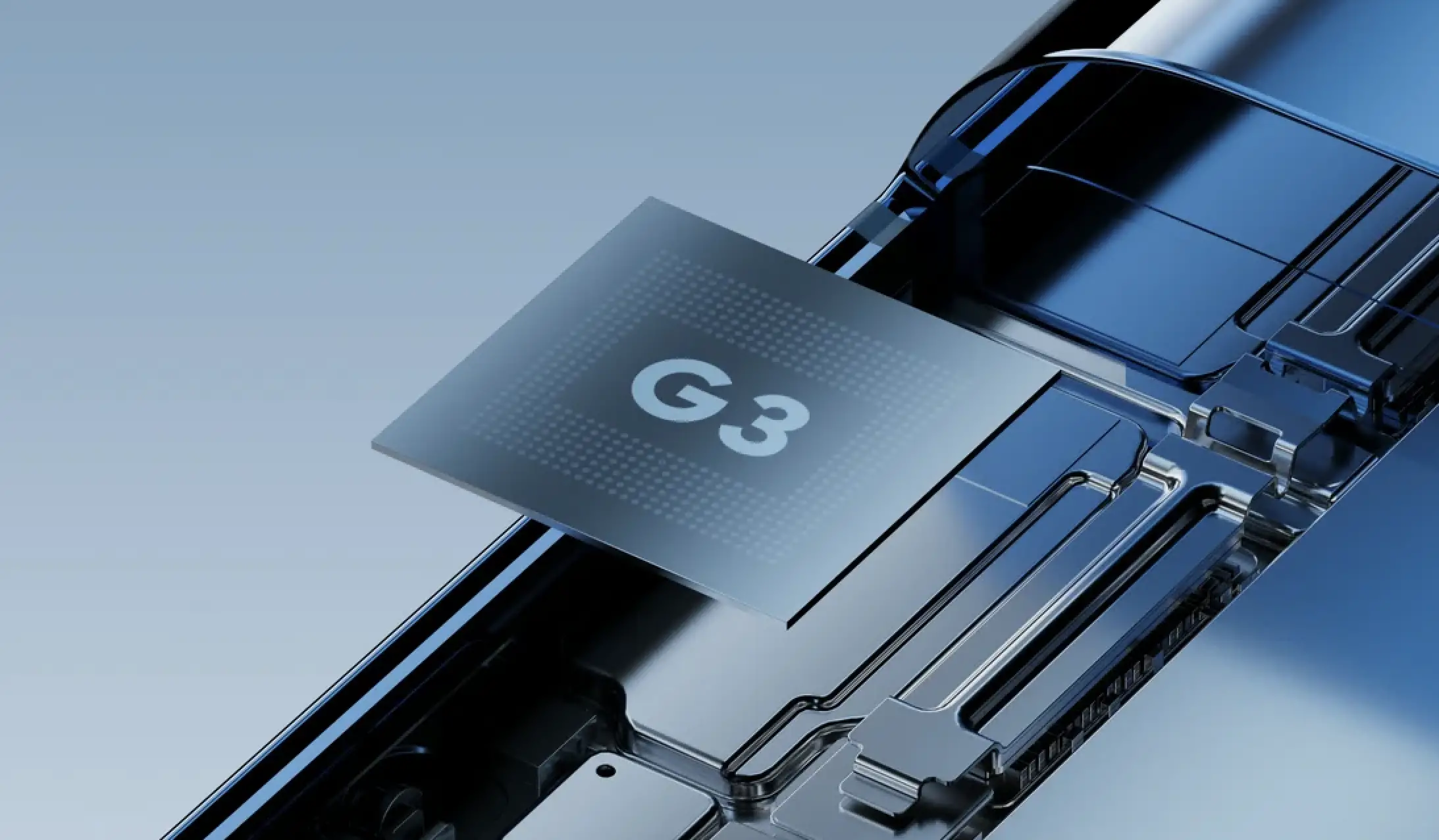
Now, most of the major changes in each new phone have been under the hood. We’re talking about new chipsets that offer faster speeds, and in Apple’s case, the new A17 Pro chipset was built using TSMC’s 3nm process.
From a tech perspective, this is a big deal. An increase in transistor density means faster speeds and also better efficiency, leading to phone’s using less power and having longer-lasting batteries, but this isn’t really something that can be felt by most users on a day-to-day basis.
Battery life is determined by a huge variety of factors like your screen’s brightness, phone volume, and most importantly, what you do on it. For simple users who just text and surf the web and check their emails, they might be able to use their phones all day without having to charge it. On the other hand, more heavy use like gaming and watching videos will result in your phone’s battery depleting faster.
What this means is that any efficiency gains will be hard to measure since we all use our phones differently.
As for the increase in power and speed, that is once again dependent on what you do with your phone. Sure, more powerful chipsets can result in more advanced games with better graphics being created, but if you’re not someone who games or plays those types of games, this probably won’t mean as much to you.
Plus, and this is especially true for Android phones, most apps have been designed around a wide range of chipsets, including low-end, mid-range, and high-end, which means that for the most part, most apps can run on a wide range of chipsets, not just the high-end ones.
More megapixels? Yawn
On the camera front, we feel that nothing exciting is really being done in this regard, at least not by your mainstream companies. We’ve said this before but it bears reminding, and that is having more megapixels doesn’t mean better photos or videos.
More megapixels means your photos can be saved at a higher resolution, which is great if you need to print it out, but since most of us share our photos on social media where photos get compressed anyway, it feels like a waste and just another tool for marketing.
What we would have liked to see is bigger sensors. Larger sensors have the advantage of being able to create better photos in low-light settings, create more natural looking background blur without having to resort to algorithms, and also photos with greater dynamic range – all of those are great things to have that we’d take any day over a higher megapixel count.
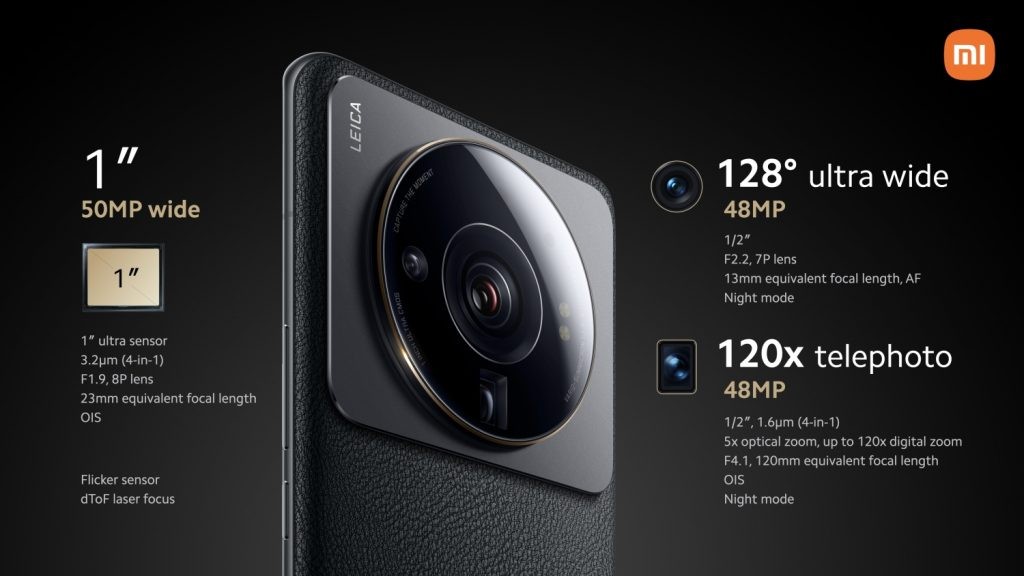
If there is one company that has done it right it would have been Xiaomi where they worked with Sony to create a 1-inch sensor which we haven’t really seen replicated anywhere else.
Also, Google isn’t quite as guilty as the other companies because Google has excellent image processing algorithms and AI features where they don’t have to push the megapixel count in order to create amazing-looking photos.
What can be done?
To play devil’s advocate, it is hard to innovate in today’s smartphone space. Most of the tech we’re seeing these days have peaked and any improvements or changes are usually marginal.
Also, the cost of creating new molds everytime a new smartphone design is made can be quite costly and not necessarily realistic for most companies.
In that sense, we feel that foldable phones are probably the most exciting smartphone innovation in recent years. We’re still not completely sold on the idea or form factor, but they are quite a drastic departure from the boring rectangles we get every year.
Maybe it’s time for smartphone makers to envision a new way of communication. Maybe smartphones don’t have to be the standard in communication tools, but seeing as how smart glasses have yet to successfully break into the mainstream consciousness, it looks like we’ll just have to live with these “boring” flagship phones for the foreseeable future.

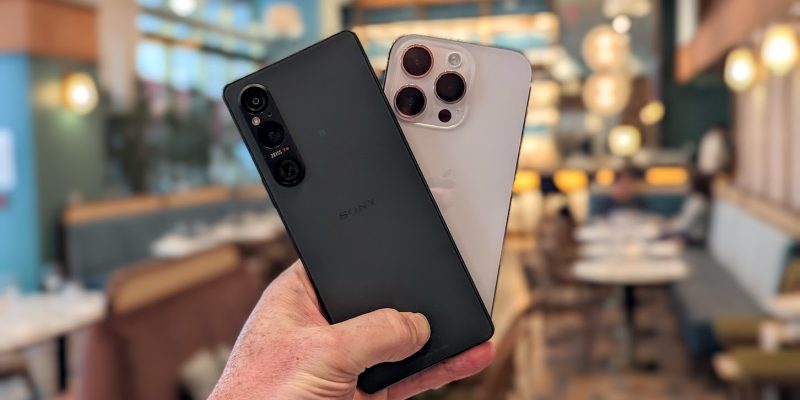
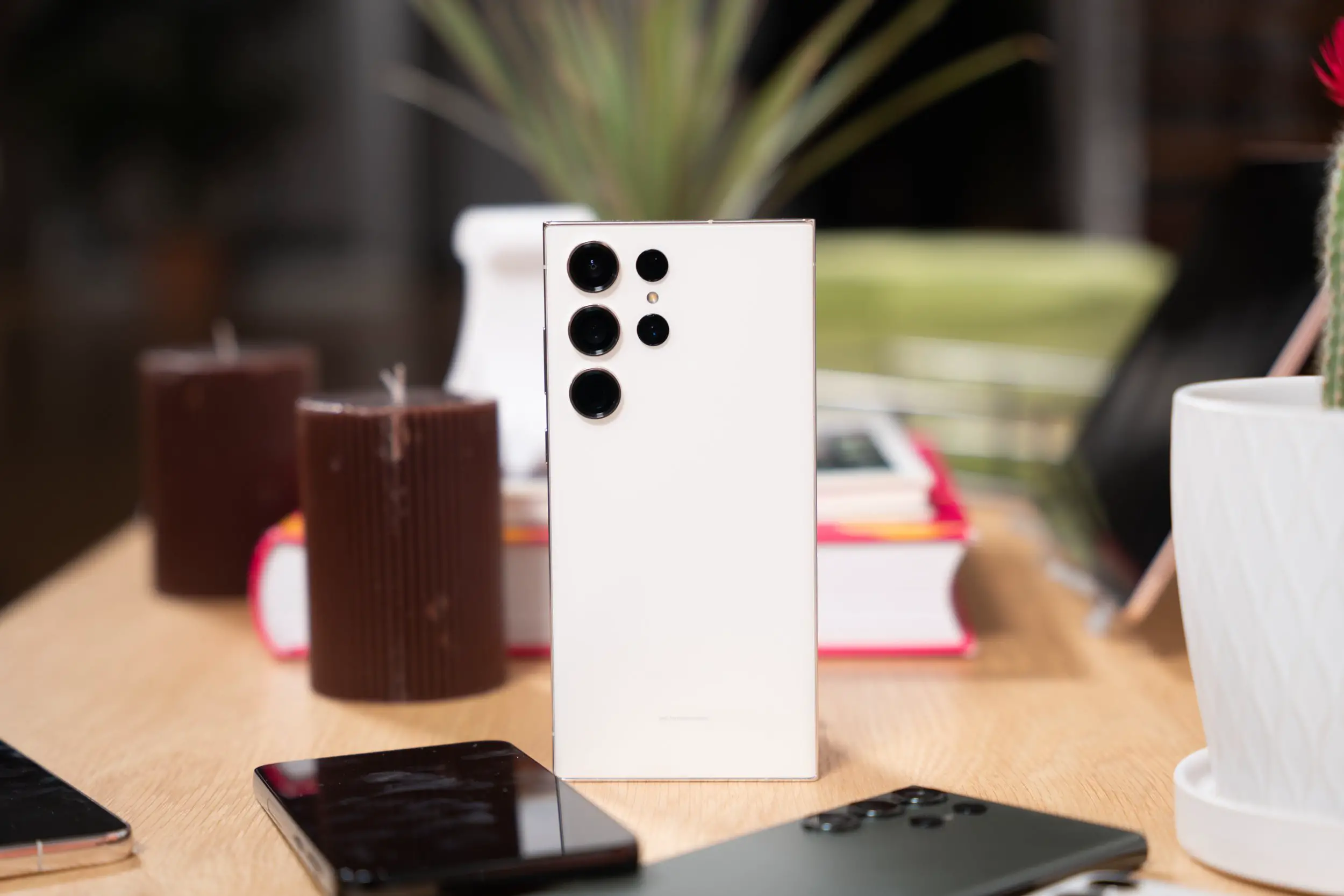

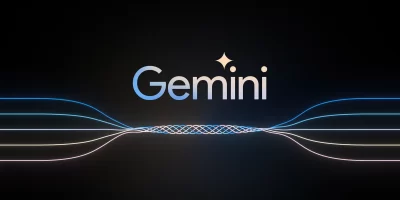
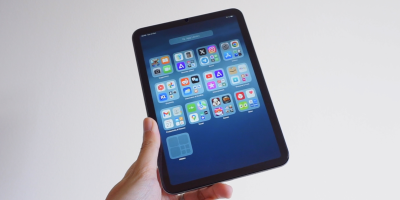

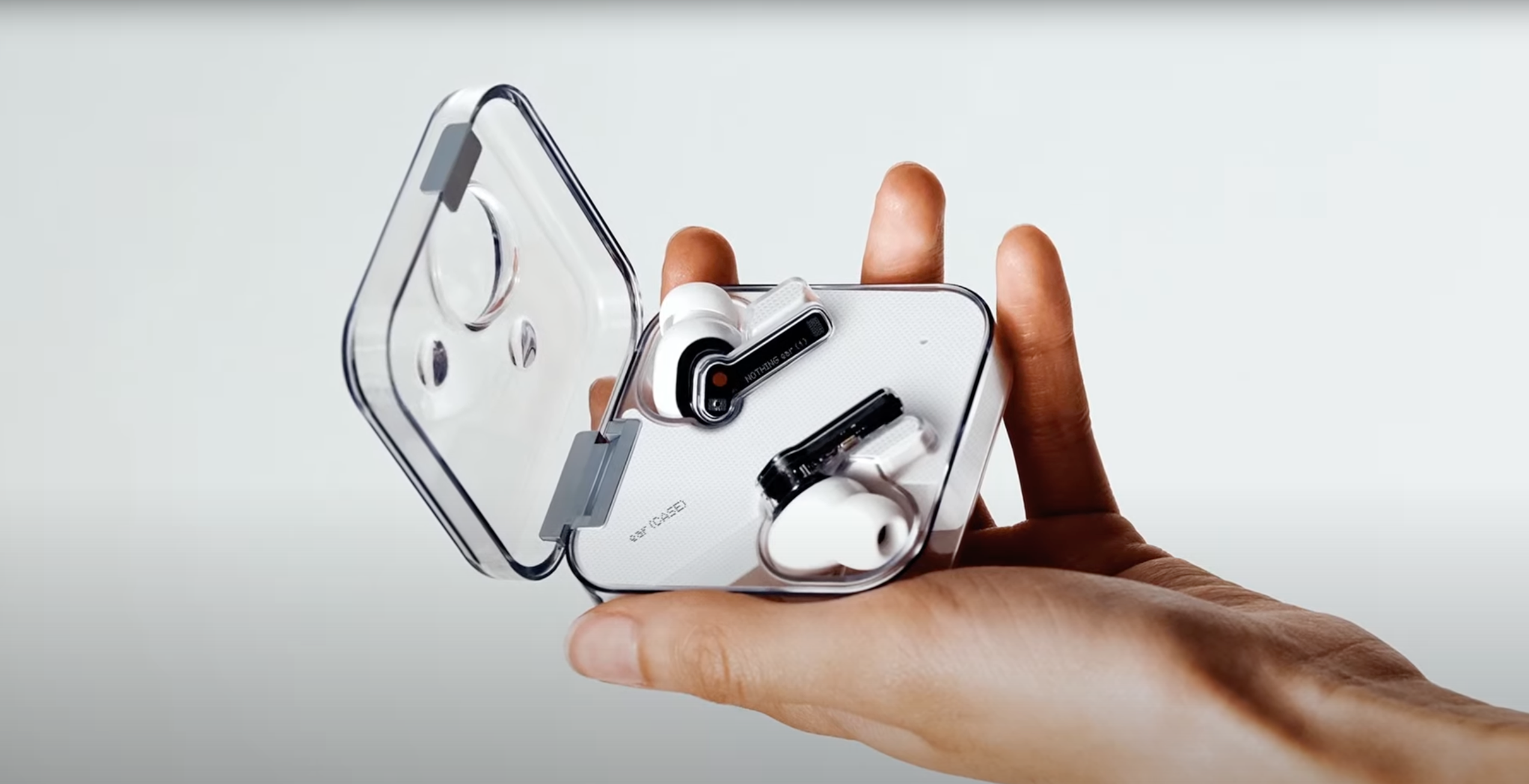


Comments